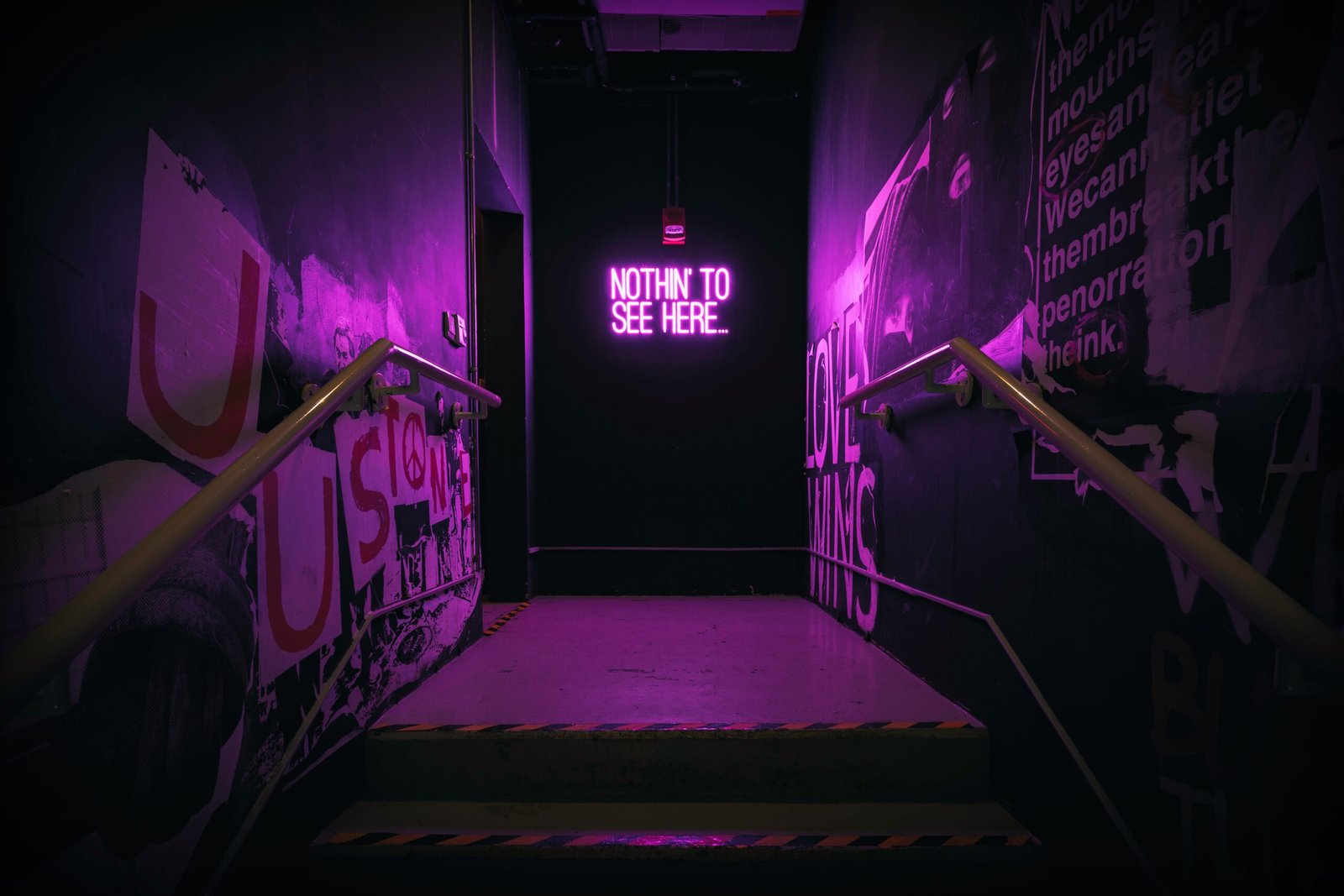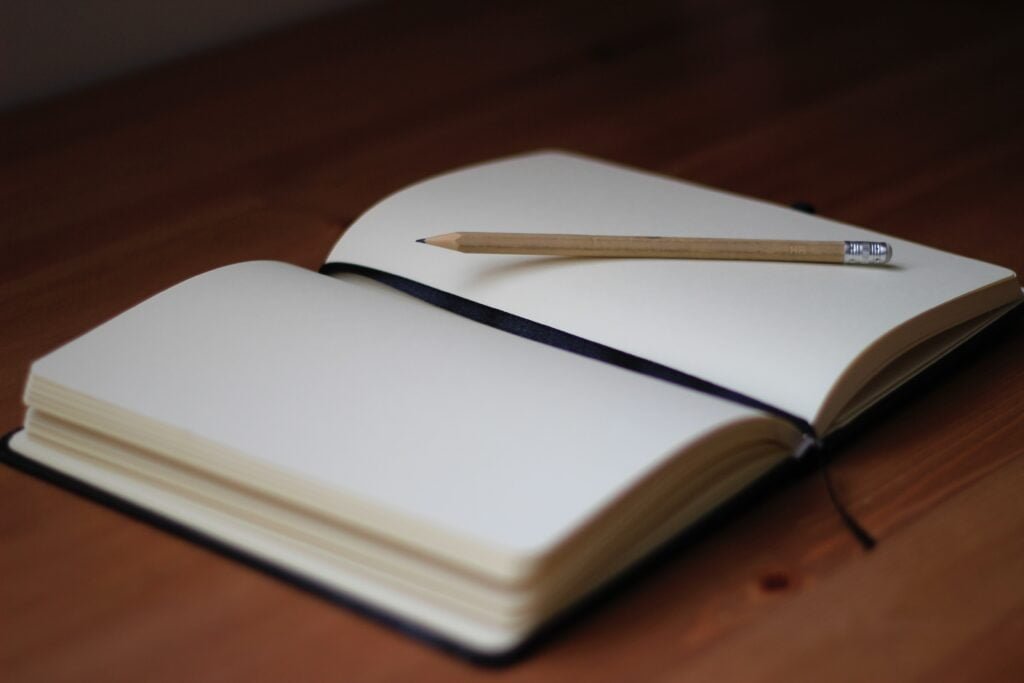Introduction
Have you ever wished to explore the realms of your imagination while you sleep? Lucid dreaming offers a unique opportunity to do just that. By becoming aware that you are dreaming within the dream itself, you gain control over your experiences and can actively shape the dream world.
One of the key techniques to achieve lucidity is reality testing, which involves periodically checking whether you are in a dream or reality.
In this article, we will explore advanced reality testing methods, going beyond the traditional approaches, to enhance clarity in lucid dreaming.
Traditional Reality Testing Methods
Reality checks are the foundation of reality testing in lucid dreaming. These checks involve performing specific actions to assess whether you are dreaming or awake. Some common traditional reality testing methods include:
1. Hand reality checks
Taking a moment to observe your hands is a simple yet effective reality check. In dreams, hands may appear distorted, have extra fingers, or change colors. By regularly examining your hands during waking hours, you will train your mind to do the same in dreams, increasing the likelihood of becoming lucid.
2. Clock reality checks
Examining a clock or digital device displaying time is another reliable reality testing method. In dreams, time is often distorted, with clocks showing inconsistent or nonsensical readings. By consistently checking the time throughout the day, you will develop a habit of doing the same in dreams, potentially triggering lucidity.
3. Mirror reality checks
Looking at your reflection in a mirror is a popular reality testing technique. In dreams, reflections may be blurry, distorted, or show a different image altogether. Regularly using mirrors to confirm your reflection can serve as a reality anchor, reminding you to do the same in your dream world.
While traditional reality testing methods have proven effective for many lucid dreamers, they are not without limitations.
Advanced Reality Testing Approaches
To enhance the clarity of your lucid dreaming experiences, consider incorporating advanced reality testing approaches that go beyond physical actions. These cognitive techniques engage your mind and deepen your awareness. Here are some examples:
1. Dream signs recognition
Dream signs are recurring themes, events, or objects that commonly appear in your dreams. By keeping a dream journal and identifying patterns, you can develop an increased awareness of these dream signs. When you encounter them in your waking life, pause to reality test, bringing this heightened awareness into your dreams.
2. Critical questioning
Ask yourself critical questions throughout the day, such as “Am I dreaming right now?” or “What evidence do I have that this is reality?” By regularly challenging your perception of reality, you cultivate a habit of questioning, increasing the chances of carrying this mindset into your dreams.
3. Imagery rehearsal
Before going to sleep, visualize yourself becoming lucid and performing reality checks in your dreams. By mentally rehearsing these actions, you prime your mind to act on the intention to reality test while dreaming, increasing the likelihood of achieving lucidity.
While advanced reality testing approaches can be highly effective, they may not resonate with everyone. Exploring unconventional techniques can provide alternative paths to lucidity.
Unconventional Reality Testing Techniques
Sensory reality checks tap into our physical senses, creating a deeper connection between reality and the dream world. Consider experimenting with these unconventional techniques:
1. Tactile reality checks
Focus on the sensation of touch in your waking life. Pay attention to the texture of objects, the feeling of your clothes against your skin, or the temperature of water on your hands. By training your mind to be more aware of tactile sensations, you may carry this heightened sensitivity into your dreams, triggering lucidity.
2. Auditory reality checks
Listen closely to the sounds surrounding you throughout the day. Notice the volume, quality, and variety of sounds you encounter. By developing a habit of actively listening, you may become more attuned to auditory cues within your dreams, facilitating lucidity.
3. Olfactory reality checks
Engage your sense of smell consciously. Take the time to appreciate different scents and make connections between smells and memories. By incorporating olfactory awareness into your reality testing routine, you may become more alert to smells in your dreams, helping you realize that you are dreaming.
Combining Reality Testing Methods for Enhanced Clarity
Rather than relying on a single reality testing method, combining different approaches can amplify your chances of achieving lucidity. By diversifying your reality testing routine, you create multiple reminders to question your reality, both in waking life and in dreams. Experiment with various methods and find what works best for you.
The power of reality testing lies in its versatility. By combining physical, cognitive, and sensory approaches, you create a robust foundation for lucid dreaming.
Overcoming Challenges and Obstacles in Reality Testing
While reality testing is a powerful tool for lucid dreaming, it is essential to address common challenges and obstacles that may arise:
1. Dealing with dream inconsistencies and false awakenings
Dreams are often filled with inconsistencies and illogical occurrences. False awakenings, where you believe you have woken up but are still dreaming, can also pose challenges. Stay persistent in your reality testing routine, even when things seem normal, and use reality checks to confirm your state of consciousness.
2. Maintaining motivation and consistency
Consistency is key when it comes to reality testing. Set reminders throughout the day to perform reality checks, and cultivate a mindset of curiosity and exploration. Celebrate small successes and stay motivated by reminding yourself of the incredible experiences that await you in the world of lucid dreaming.
Conclusion
Reality testing is a fundamental practice for achieving lucid dreams. While traditional methods have proven effective, exploring advanced and unconventional approaches can unlock new levels of clarity and lucidity. By combining physical, cognitive, and sensory reality testing techniques, you create a robust foundation for lucid dreaming.
Overcome challenges and stay consistent in your reality testing practice, and soon you will be embarking on extraordinary adventures within your own dreamscape. Embrace the possibilities and unlock the full potential of your dream world.




